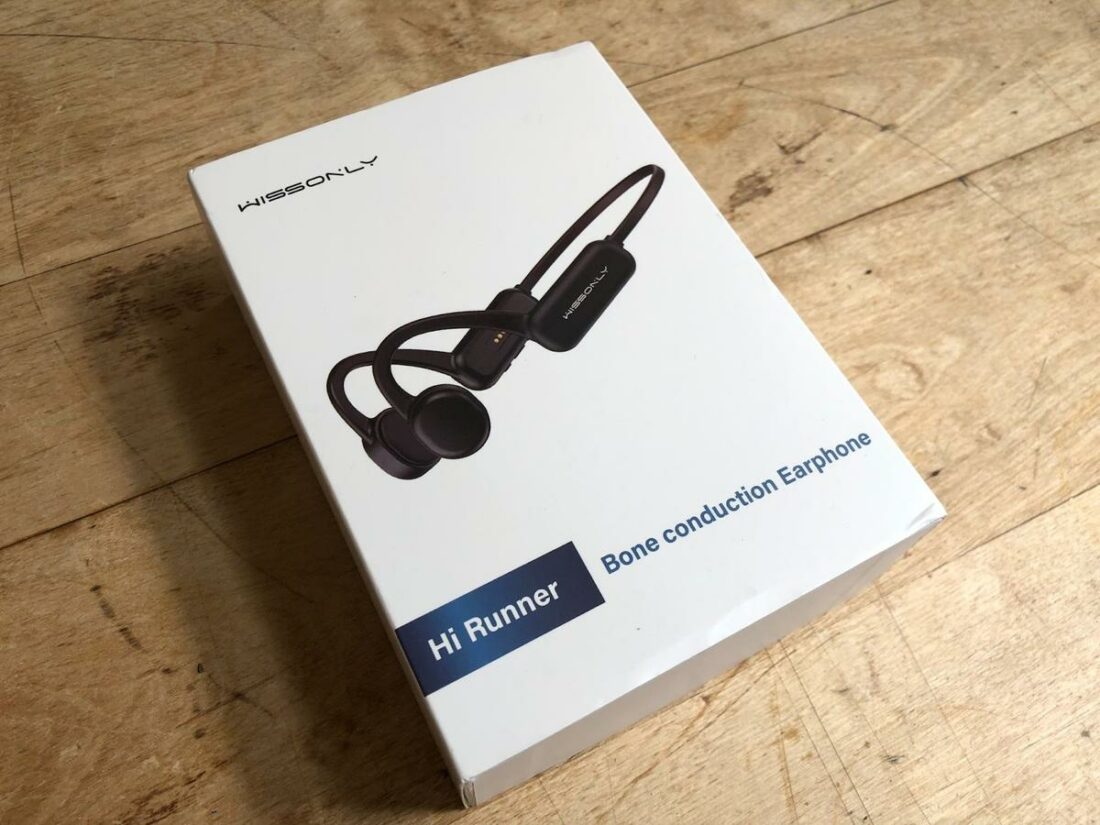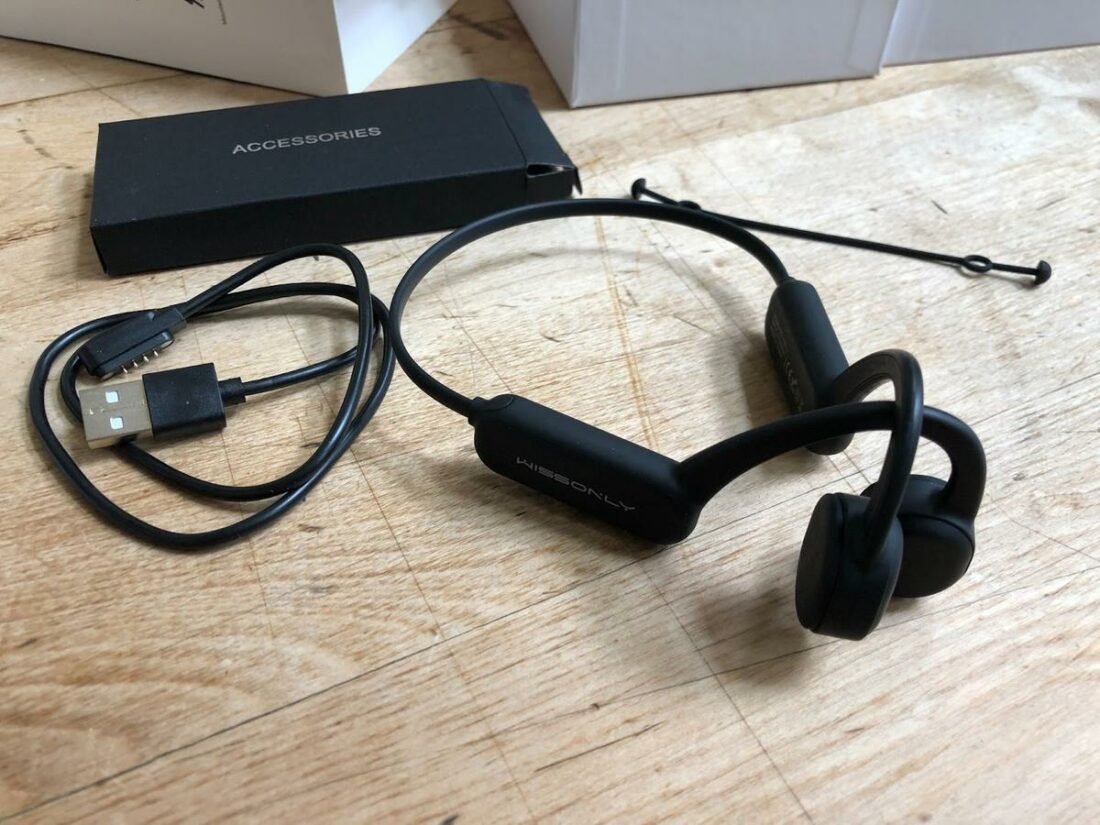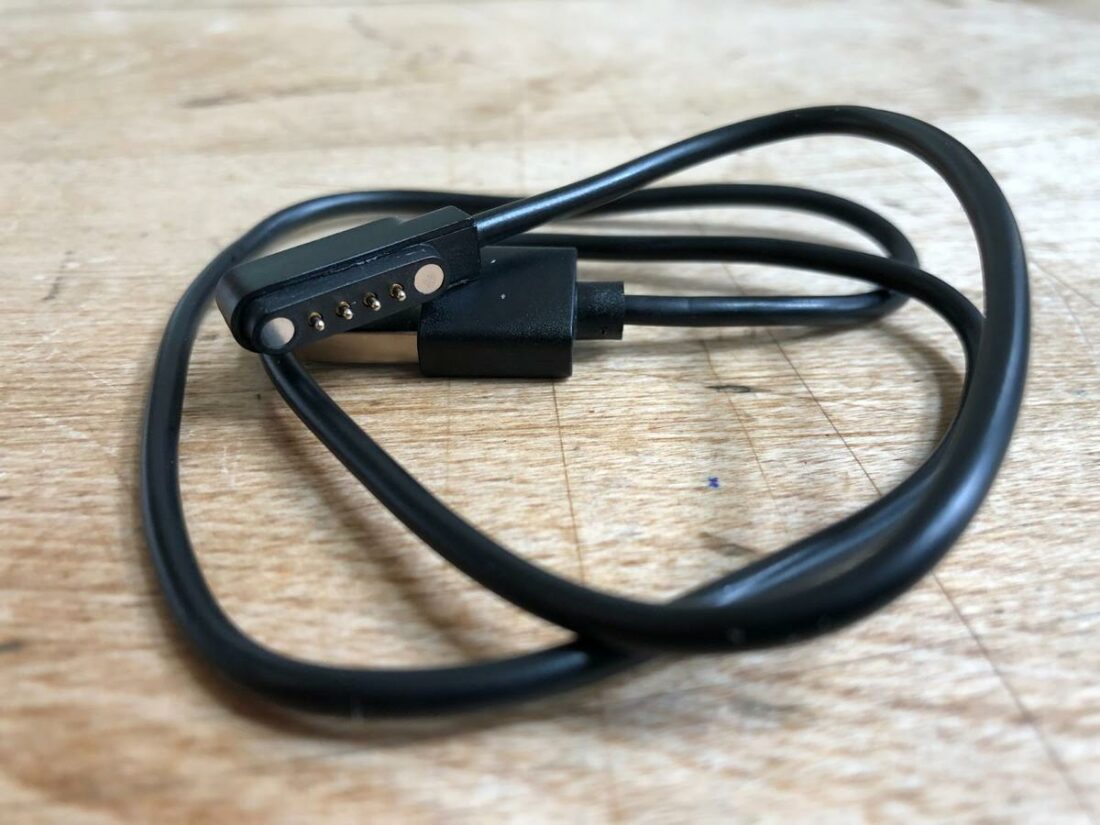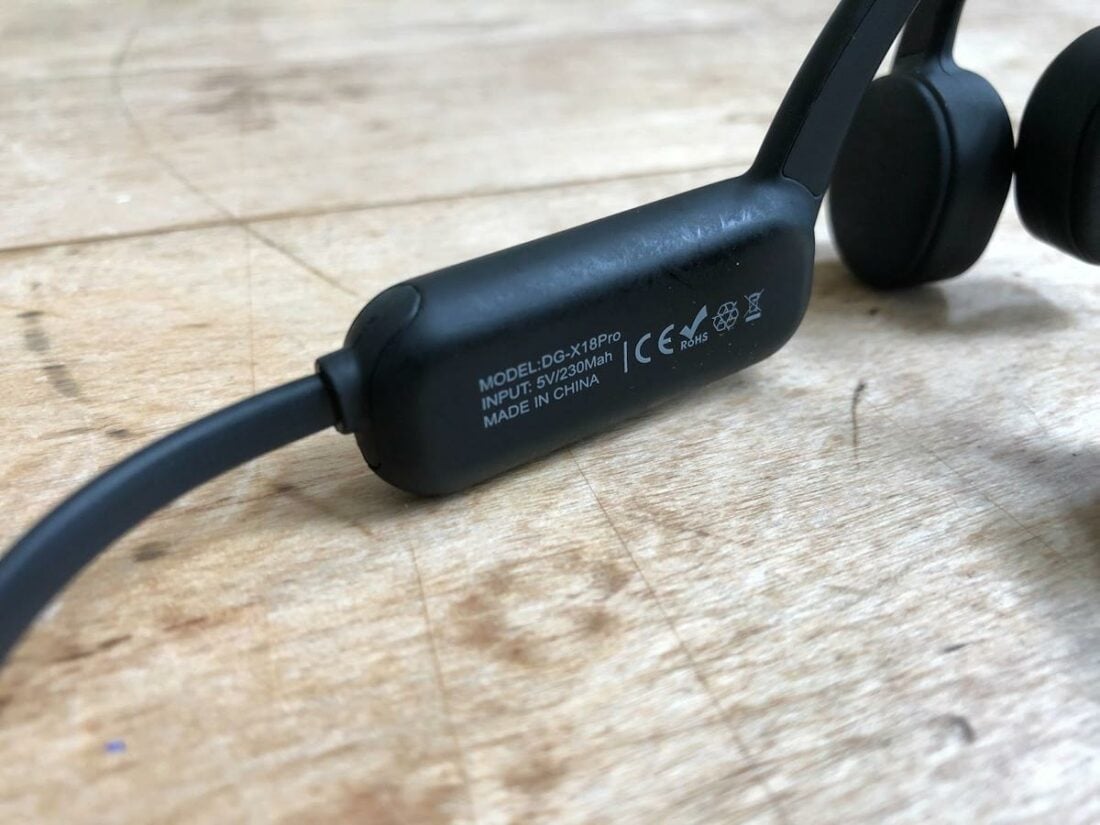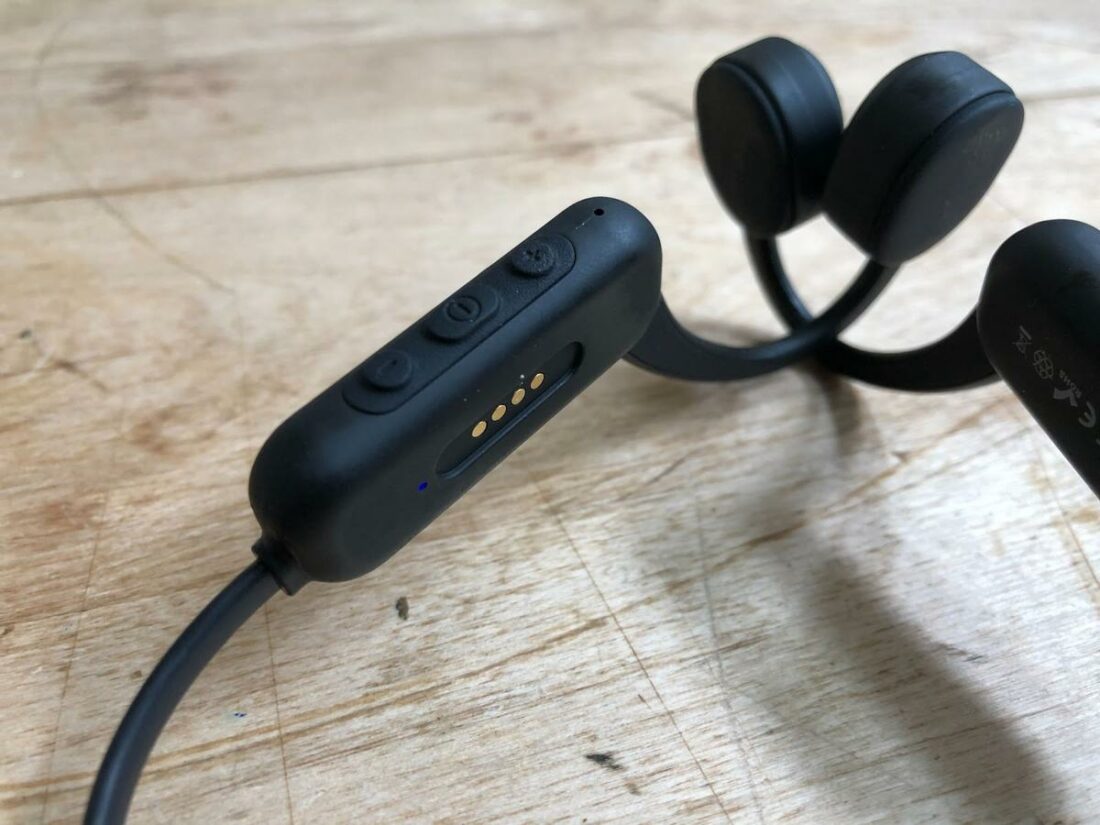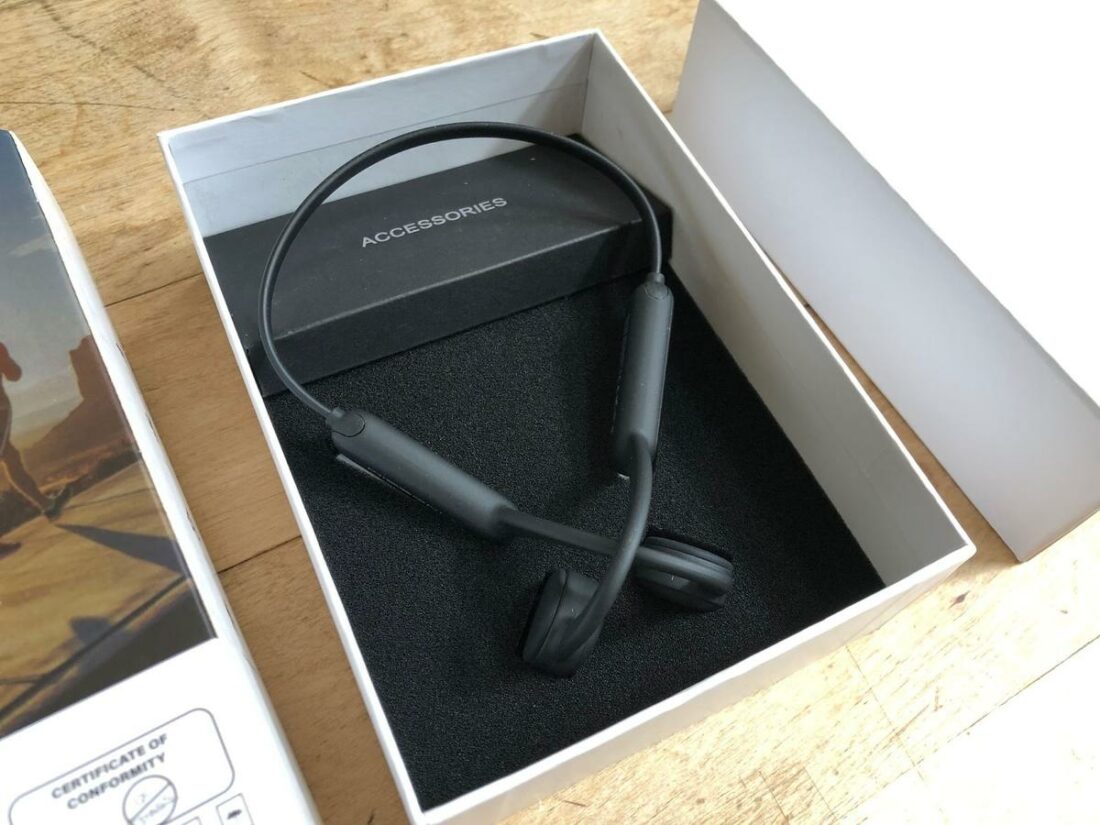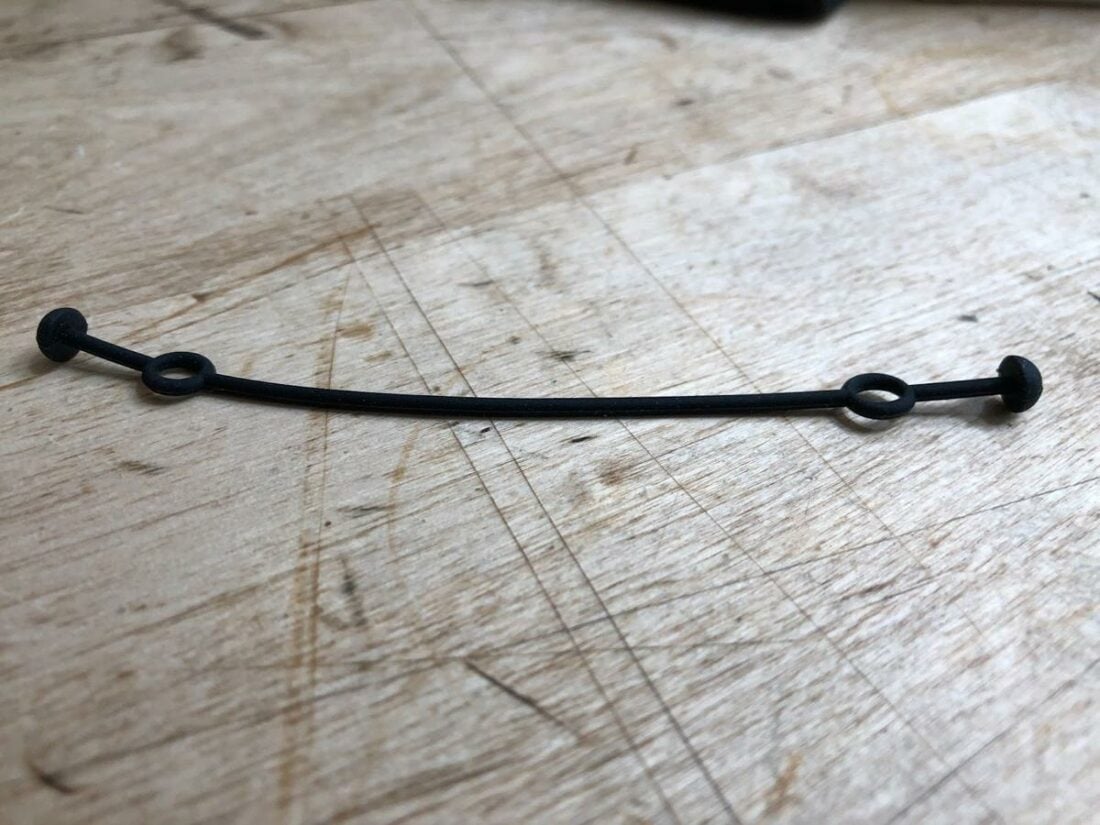While the markets for IEMs, TWS, and full-sized headphones have exploded over the last few years, their bone-conduction cousin still remains the odd one out. When Wissonly contacted me about reviewing their inexpensive (sub-USD $100) pair of bone-conduction headphones, I jumped at the chance. I’ve heard what feels like countless pairs of cans over the years, but this is my first experience with bone-conduction audio tech. So, if you, like me, are asking, “what the heck is this all about,” let’s recap the technology quickly. Bone conduction headphones have drivers that, unlike traditional headphones, rest on the cheekbones rather than covering the ear canal. Audible vibrations are conducted along the bones to the inner ear, where they are interpreted as sound. The name seems rather obvious now, doesn’t it? The eardrum is bypassed and remains unobstructed to pick up environmental sounds. This lack of isolation is a potential benefit to folks with hearing aids or who want to remain aware of their surroundings. All good, right? Well, there are some rather serious drawbacks to bone conduction technology. Low pounding bass? Um, no. Airy high frequencies? Absolutely not. Bone conduction headphones are typically only capable of midrange reproduction at low to moderate volume levels. Additionally, to function, they must press firmly to the sides of your head – which may present comfort issues. With those drawbacks firmly in mind, how could an audiophile (like me) learn to love the humble Wissonly Hi Runner? Let me tell you… the Hi Runner have several things going for them that make them fantastic for very specific purposes. Jack of all trades, they are not. But they are rated for IPX8 (20-meter submersion) waterproofness, are lightweight, and stay in place, so those looking for audio on the go while walking, running, or even swimming will find them up to the challenge. It was in my everyday life – going to the grocery store, waiting to pick up my kid, doing housework – and still wanting to hear my environment, where I discovered the strengths of the Hi Runner. “But doesn’t music sound mediocre on them,” I hear you ask? It doesn’t matter, and I’ll tell you why. I listen to spoken voice, podcasts, audiobooks, etc., and they do that great. Sure, if need be, I can listen to music or movies, but I’ve got better-suited audio tools for that. I’ve used the Wissonly Hi Runner daily for the past few months. From new out of the box to now slightly broken. (The sordid tale of how I idiotically caused the breakage is below). In the immortal words of Law and Order, “DUN, DUN, and these are their stories.”
Company Overview
Wissonly is a new company name for me. Turns out it’s been an ODM (original design manufacturer) for other companies for about ten years now. Makes sense, as the Hi Runner appears identical to the Naenka Runner Pro headphones. Wissonly claims they have a “strong geek style” with an obvious weakness in marketing and sometimes “look a bit clumsy.” That’s a humble approach that’s seldom seen in company literature. Kinda makes me root for the little guy.
Technical Specifications
Form: Bone Conduction Bluetooth Audio Codec: not disclosed Battery Life (hrs): 12hrs @50% volume, 480 hours standby Battery Capacity: 230mAh Bluetooth Version: 5.0 Mic: Y IPX: IPX8 Weight (g): 30g Internal Memory: 32Gb
Packaging
The Hi Runner box is pretty plain and no frills. Slide off the cardboard sleeve, and the meager accessories and headphones are held by a small foam plate.
In the box
Wissonly Hi Runner headphones Proprietary USB magnetic charging cable Rubber strap Instruction manual
The instruction manual is slim on details and doesn’t explain the purpose of the included thin rubber strap. The ends clearly loop around and attach to themselves, and my best guess is that it can be fastened to the non-adjustable headband to tighten it for smaller heads. ¯_(ツ)_/¯ The USB charging cable is proprietary – so don’t lose or damage it – and fairly short. It magnetically attaches only one way to the port on the side of the headphones. The non-standard connector is the trade-off for full waterproofness.
Design
The Hi Runner are constructed from black soft-touch plastic and are very lightweight (30g). The behind-the-head band is rubber-coated titanium alloy, so it is very flexible and holds its shape well. The headband is virtually indestructible, and it lulled me into a false sense of confidence. The ear hooks going from the side modules to the drivers are merely plastic, and I managed to crack one with both the Hi Runner and my phone jammed into a front pants pocket. Only the outer side cracked through, and the inside surface is currently holding it together and working fine. The drivers are, unlike regular headphones, entirely sealed in thumbprint-sized capsules with no venting or holes. The side module on the right contains all the controls and the charging port. A small red/blue LED is on the inside surface beside the charging port, while the bottom surface contains the three buttons and a microphone hole. The controls are relatively intuitive and easy to manipulate. Press and hold the center button to power on/off. A voice prompt will inform you of the status. While wearing, quickly press the front button to increase volume and hold to advance track. The back button decreases the volume and goes back a track. Double pressing the center button switches the Hi Runner between Bluetooth mode to using the internal 32Gb of storage space for music playback. Loading songs is as easy as connecting the Hi Runner to a computer using the charging cable and dragging and dropping. Tracks pick up where you left off and play in order. The Hi Runner can also be used to answer calls, and the microphone works quite well for this purpose. The center button answers and hangs up.
Battery
The internal 230mAh battery is rated for 12 hours of playback and will charge in about 2 hours. In practice, the 12-hour rating is a stretch, and about 6-8 is more realistic at usable volume levels. You will receive three audible notifications when the battery level is getting low. Please note that if you hear the warning, it’s almost already too late, and you’ve only got a few minutes of life left before they shut off. A notification in advance– say 1 hour – would be far more useful.
Comfort
The over-ear hooks are constructed from non-adjustable rigid black plastic. Initially, they pressed somewhat uncomfortably on the backs of my ears, but after a few days of use, I grew accustomed and now find them comfortable for long-term use. The driver pods press firmly against the sides of my head, immediately above my jawbone in front of my ear canals. They hold on with enough pressure to stay put but not enough to cause discomfort. The band halos out from the back of my neck, leaving about a finger’s width of space. Sound volume and audio quality depend entirely on how well the driver pods contact your head. I assume they will fit most folks fine, but there is no way to adjust the size or shape of the Hi Runner, so YMMV. As mentioned above, the volume of the Hi Runner has to be set quite high, and bass frequencies, while not especially discernable, cause the driver pods to vibrate with a tickling, buzzing sensation. I’ve gotten used to it, but it feels weird.
Wissonly Hi Runner Sound
The proverbial 10,000-pound elephant in the room for bone conduction headphones is certainly sound quality. On one hand, the novelty of the technology makes me impressed by how well they do work. The sound is clear, and voices sound like they are coming from regular headphones. Music listening is otherwise unexceptional, but for the fact that you can run or swim laps while doing so. Casual background music listening suits these headphones best. I can’t produce any frequency response graphs, as my miniDSP EARS fixture lacks bones to conduct. So you’ll just have to take my word for the absence of the frequency range extremes. You’ll feel low bass notes vibrate on the sides of your head but not hear them. Volume is limited, and isolation is non-existent, so, for instance, driving in a car with the window open is a no-go. You can’t hear anything over the wind. However, if you are an audiobook or podcast fan, I consider the Hi Runner the perfect solution. Voices sound articulate, and you can easily multitask while shopping and listening to your favorite book. Not important for everyone, and I get that, but the Hi Runner fit well into my lifestyle. I used to wear a single TWS earbud for this purpose, allowing me to stay connected to my surroundings, but the Hi Runner fit the bill far better. They can easily stay on your head, hang around your neck, or go in a jacket pocket if not in use.
Where to Buy
Conclusion
Viewed as generalist headphones, bone conduction earphones like the Wissonly Hi Runner seem to do very little right. Non-adjustable fit, lack of isolation, and limited audio playback quality seem like they must be immediate failures. But we need to judge these headphones in the light that they are intended. Good luck swimming with your Focal Utopia. Try paying attention to oncoming traffic or to the questions of salespersons with TWS or IEMs jammed in your ears. Each have their time and place where they shine. For sports or activities where environmental awareness is important, the Wissonly Hi Runner can’t be beat. Audiobook and podcast lovers will find a valuable tool in the affordable Hi Runner. Perhaps surprisingly, these non-audiophile headphones have claimed more head time than any other cans for me over the last few months. And, as it turns out, I kinda love them.

